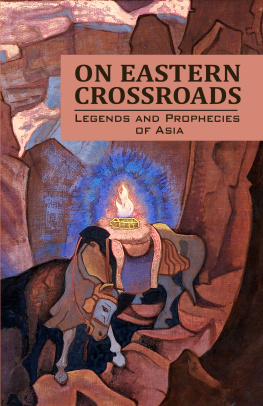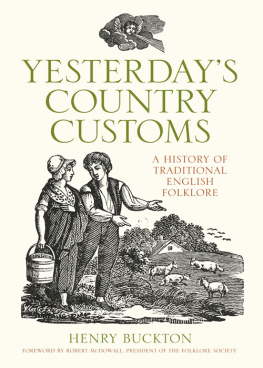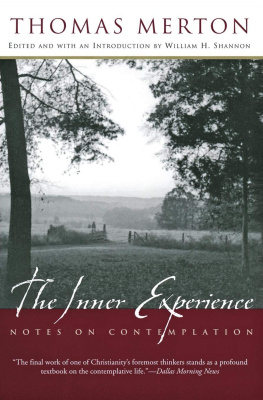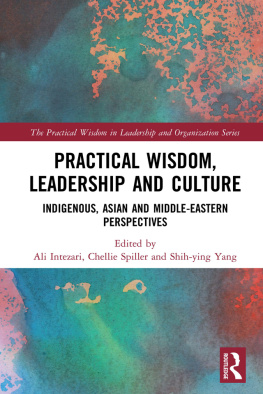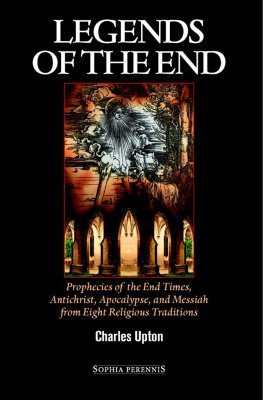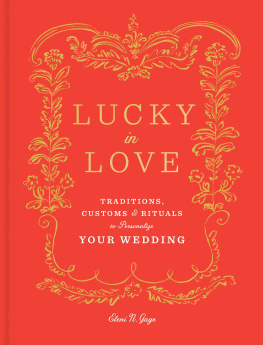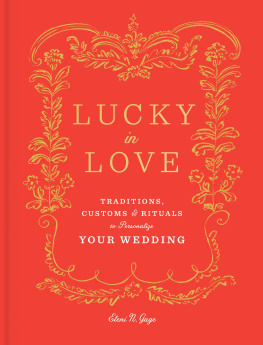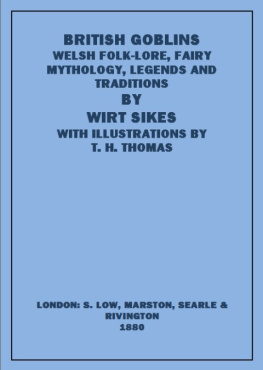
Agni Yoga Society, Inc., New York
www.agniyoga.org
1992, 2016 by Agni Yoga Society.
First published in 1930 by Frederick A. Stokes Company under the pseudonym Josephine Saint-Hilaire.
Second edition 1992, published by Agni Yoga Society under the name Helena Roerich.
Third edition 2016, published without the authors name, as originally intended by Helena Roerich.
Cover illustration: Nicholas Roerich. Treasure of the World . 1924
Foreword to the first edition (1930)
In the traditions of all peoples there have been legends of pilgrims who set stones along their path in order to find their way back to the source. On Eastern Crossroads, by Josephine Saint-Hilaire, may be regarded in this light, and we feel that each of these superb fragments so carefully gathered by her adds its sparks to the texture of truth, and reveals the steps of the most ancient traditions. In the variety of subjects, in the work, there is no feeling of a personal impress; it is like a wreath of flowers, gathered not with special concern for the specimens, but out of love for the beauty of the entire meadow. One may feel how during many travels each new contribution to the work was added without any negative thought, and thus was gradually filled the collectors bag of benevolence.
It is valuable to feel that no one is urged to accept these traditions in any one direction. But readers may be enriched in their intuition regarding the constructive aspects of the story of mankind. Thus we see how the minds of the nations collected and preserved for ages the great images as evolving sparks of their genius.
These sparks should be guarded with equal solicitude by ourselves and our posterity. It is chiefly necessary that we should regard with reverence these traditions, nor demean them, but let us apply them to our spiritual necessities in the most constructive and most appreciative way. Thus, let the travelers from the past salute the future!
Often the so-called Apocrypha preserve many traces of reality taken from authentic texts. In these unexpected tales and parables scattered among the peoples of Asia we learn precisely what images live in the folk consciousness.
From Altai to Ceylon people dream of the Great Teachers, recalling from antiquity fragments of their lives and bringing the tale closer to the character of their country.
To gather these Cryptograms of the great thought means to glimpse the souls of the peoples.
A PAGE FROM THE SACRED HISTORY OF THE LORD BUDDHA
THE BEGINNING OF THE PATH
The Lord Buddha verily left the town of His birth. Verily He meditated beneath the tree of wisdom. Verily He taught in Benares. Verily He concluded his teaching in Kushinagar. But the centuries have added their many tales.
The Lord departed from His native place on horseback accompanied by a servant-courier. The road lay northwest, along the valley of the river. The hurried journey lasted for two weeks. Beyond the mountain passes, the trail for horses ended. Further on, the hunters path continued.
Here the courier left him, but in farewell said, Prince, Brother, when you will reach the hunters hut, give him this chip of wood. And he gave him a piece of wood with three signs.
For seven days the Lord traveled the path. Upon the eighth day he reached a hut. The door stood open and a tall old man dressed in a dirty old surplice chipped some wood.
The Lord approached him in greeting, as is the custom of India. But the hunter laughed and pointed to the tree. The Lord remembered the piece of wood and handed it to him. The old man carefully examined the signs and then pointed kindly to the table inside the hut. The Lord understood the invitation and partook of the venison and honey. Then the old man, by gestures, bade the Lord rest.
When Lord Buddha awoke, the sun had just illumined the snow. The hunter was not in the hut, but from the courtyard the strokes of his ax resounded. Soon, however, his figure appeared at the door and he offered to the Lord a drink of honey. Then the old man took a sack and a spear and pointed to the sun. The Lord understood it was time to depart and taking His staff left the hut. The old man bowed thrice before Him and indicated that He should follow.
Approaching the brush he pushed aside the branches and disclosed a narrow path. He beckoned to the Lord to follow him and quickly strode forward, pointing to the sun. Thus they walked until midday. The forest became less dense and the rumble of the river could be heard. They emerged at the rivers shore.
The old man arched his bow and shot an arrow. They awaited in silence. The Lord took off His remaining adornments and offered them to the old man. But the latter indicated to cast them in the river.
On the opposite shore a tall man appeared, pushed out his bark and set out in their direction. His garment was edged with fur. And his face was quite dark and broad. Reaching the shore the stranger bowed to the Lord and invited Him into the bark.
The Lord wished to bid farewell to the hunter but he had disappeared unnoticed. The stranger also preserved his silence. Reaching the shore they mounted horses and began to ascend the mountain.
During the night they reached the boundary of snows and at dawn descended into the Abode.
THE PREDESTINED MAITREYA
The eyes of the child Prince opened early to the miracles of the world. Naught escaped his penetrative attention.
The King said, Perception is the crown of the Lord, but the strength of His arm is His shield. Let Him strengthen His arm with the bow. Let the children of the noble Kshatriyas compete with the Prince.
The Queen Mother added, If penetration is the crown of the Lord, and the strength of His arm is His shield, then the glory of the Lord is His mercy and His wisdom. I would that my near one should be surrounded by the Devas of Wisdom who created the Vedas.
Then an old sage turned to the King saying, Reverend Mother, and thou, Lord, command me to combine your wishes. Command me to bring unto you her whom we call the daughter of the Great Nag, whom we have sheltered in our house. And for seven years have we marveled at her wisdom and the strength of her bow. Verily she is worthy of the hand which has inscribed the wisdom of the Vedas.
Let her be brought here, commanded the King.
The wise councilor brought a young being, saying, Maitri, send the worthiest greeting to our King.
Unheard of was it to see a seven-year-old girl in a white garment, her bow and arrow in hand and a dagger in her girdle. The crown of heavy dark hair was not restrained by the fillet of the Nag and the eyes peered out sadly and sternly.
The King said, Maitri, if you can send the arrow, transfix yonder peacock.
Maitri bowed to the King and said, I may not take life from an animal; but permit me, King, to pierce an apple on the top of the apple tree.
The King commanded Maitri to be companion to the Prince and greatly admired the wisdom of her who was found on the shores of the lake.
Many years did the Prince spend with Maitri, calling her at times Stern One, or Glowing One, or Warrior, or Seeress of the Wisdom of Nagi.
Maitri opened before him the door of the Path.
When the powerful Lion returned and with the roar of Truth mantled the mountains, Maitri guarded for Him his best pupil and pronounced, She shall glorify the sight of Thy labors.
The Lord of Truth answered, Maitri, manifested Councilor and Keeper. Thou who hast hidden thy wisdom from the crowd. Thou shalst assume My place as the Lord of Compassion and Labor. Maitreya shall lead the nations towards Light. And the arrow of achievement shall bestow the apple of Knowledge.

